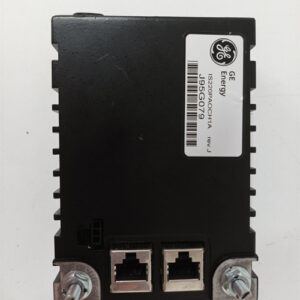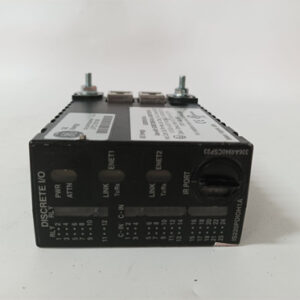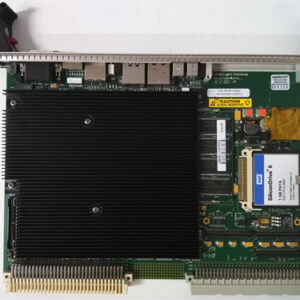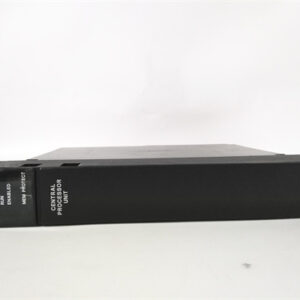الوصف
The GE DS4815COMB is a Dual Communication Card for the Mark V Speedtronic turbine control system. Its primary function is to provide two independent serial communication channels, allowing the turbine control system to exchange data with external devices like a Distributed Control System (DCS), a remote HMI, or a plant-wide SCADA network.
Technical Breakdown 🧠
This card acts as a crucial interface, connecting the turbine control system to the broader plant network.
- Dual Communication Channels: The
DS4815COMBprovides two independent communication ports, often configured for standard serial protocols such as RS-232, RS-422, or RS-485. This dual capability is essential for system redundancy and operational flexibility. - External Interfacing: This card is the gateway for information transfer. It allows the control system to send out critical operational data, such as turbine speed, temperatures, pressures, and alarm statuses, to a plant’s centralized control system. It can also receive commands or setpoint changes from a remote operator station.
- Flexibility and Redundancy: The “dual” feature allows for multiple communication paths. For example, one channel can be dedicated to a plant’s DCS for continuous data exchange, while the second channel can be used by a local HMI for on-site diagnostics or a remote engineer’s connection for troubleshooting. This redundancy ensures that critical data communication is not interrupted by a connection to a non-critical device.
Applications 🏭
The DS4815COMB is a key component in Mark V control panels for:
- Supervisory Control and Data Acquisition (SCADA): Integrating the turbine into a plant-wide monitoring and control system.
- Remote Diagnostics: Enabling remote access for engineers to monitor system health and perform diagnostics.
- Data Logging and Printing: Interfacing with data loggers or event printers to create a physical record of turbine operation and alarms.

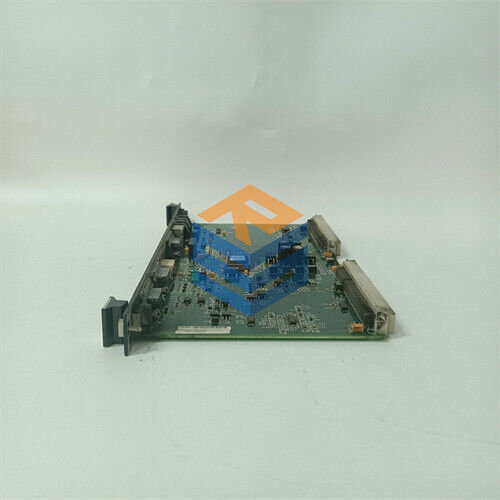
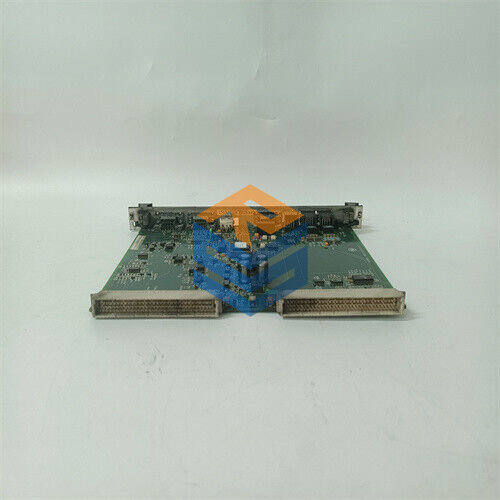

 +86 15340683922
+86 15340683922 +86 15340683922
+86 15340683922